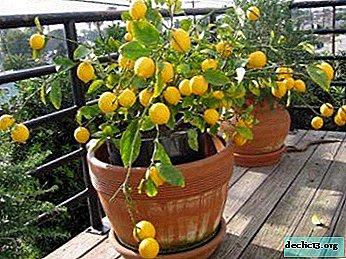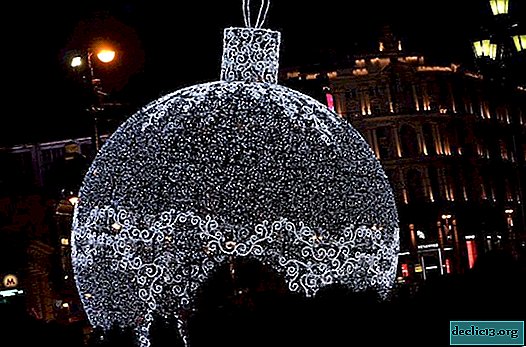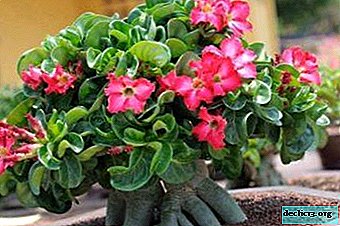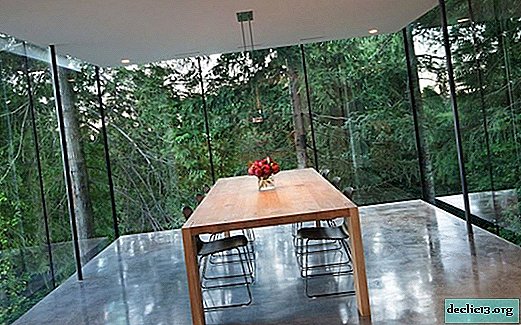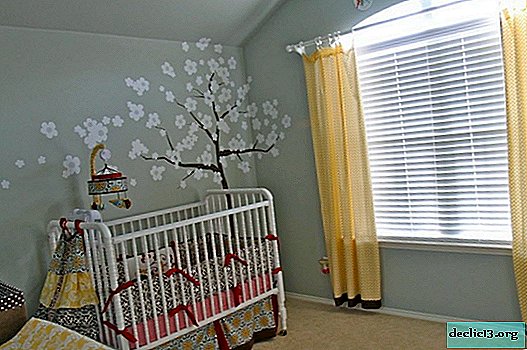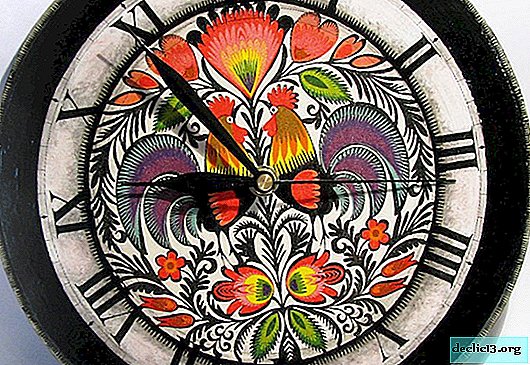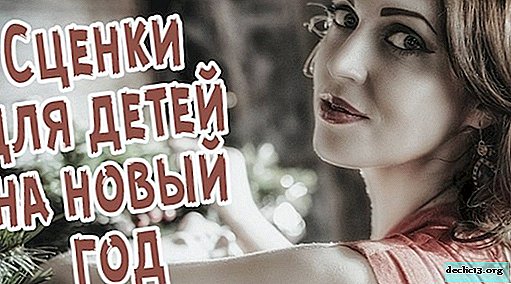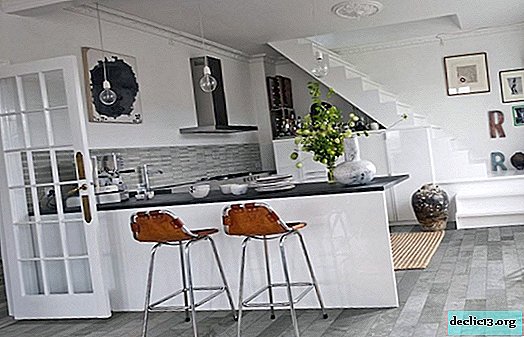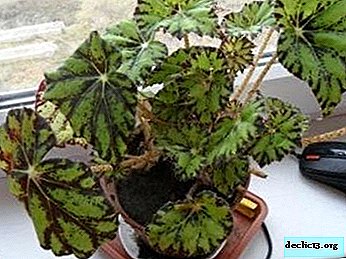The favorite of summer residents of petunia - planting and care in the open ground
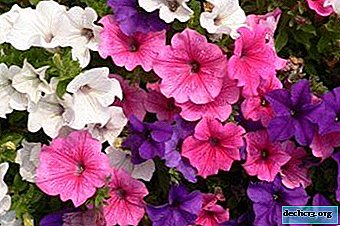
Petunia in open ground is actively grown by flower growers, decorating with its lush flowering flower beds, lawns and household plots. She is rather unpretentious in leaving, however it is necessary to know some features of this process.
These features will be discussed in our article. You will learn how to plant a petunia correctly, how to care for it at different times of the year, as well as about plant diseases. We will tell you how to transplant a flower and its propagation. Enjoy reading.
What is this plant?
Petunia is a perennial plant in the nightshade family. Often grown as an annual. There are many varieties of petunias that differ from each other in color and shape of flowers. It can have the following colors: red, yellow, white, cream, blue, blue, violet and many other shades.
In the form of petunia it happens:
- ampelous;
- bush;
- cascading.
Bushes can be miniature (up to 30 cm), and can reach 70 cm.
REFERENCE! Petunia is a "relative" of tobacco. Her homeland is South America. It was introduced to Europe in the 18th century.Features of growing on the street
Petunia is a rather thermophilic plant. However, some varieties and hybrids can tolerate cooling. As a rule, in central Russia it is planted in open ground in the second half of May. It is allowed to plant blooming seedlings earlier - in late April or the first half of May. Its flowering petunia pleases the open ground from mid-summer to late autumn.
How to plant?
 Petunia can be planted in the soil with seeds and seedlings. Most often, the second option is used. It is easier for a beginner grower in the initial stages to purchase ready-made seedlings.
Petunia can be planted in the soil with seeds and seedlings. Most often, the second option is used. It is easier for a beginner grower in the initial stages to purchase ready-made seedlings.
To plant a petunia, you need to choose a bright, windless area. She also tolerates partial shade. A few days before transplanting, it is necessary to fertilize the soil with humus, and for 3-4 days it is recommended to take it out onto the street. Landing is carried out in the evening or on a warm cloudy day.
The distance between the wells depends on the plant variety. The optimal distance between them:
- 18 - 20 cm - small varieties;
- 20 - 25 cm - large varieties;
- 25 - 35 cm - bush varieties.
Before removing the seedlings from the tank, you must first water it well. They put in a hole with an earthen lump. Till the soil around the seedling and pour it abundantly with warm water, and sprinkle peat or humus on top. The first couple of days after landing, the petunia should be protected from direct sunlight.
ATTENTION! You can not fertilize the beds before planting petunia with fresh manure, since it can provoke fungal diseases.How to care for a flower?
Proper care includes the following key aspects:
- Watering.
- Loosening.
- Top dressing.
- Shrub formation (pinching and pruning).
The above aspects for the care of petunia are relevant at any time of the year, however, each period has its own characteristics.
Summer
 Watering. After planting, petunia must be watered once every 1 to 2 days. This regimen persists for 1.5 weeks. In summer, petunia must be watered as the soil dries. Frequency of watering on hot days, as a rule - 1 time per day. Watering is carried out in the evening, directly under the root of the plant.
Watering. After planting, petunia must be watered once every 1 to 2 days. This regimen persists for 1.5 weeks. In summer, petunia must be watered as the soil dries. Frequency of watering on hot days, as a rule - 1 time per day. Watering is carried out in the evening, directly under the root of the plant.- Loosening. Regular weeding is necessary both for the removal of weeds and for loosening the soil and saturating it with oxygen.
- Top dressing.
- The first top dressing after planting in the soil is carried out after 10 days with phosphorus-containing fertilizers. The Agricola fertilizer, which is diluted in water and watered by plants (25 g per 10 liters of water), is perfect for this.
- The second top dressing is carried out approximately in 10 - 15 days after the first.
- A third top dressing is necessary during the appearance of the buds. Kemira Lux fertilizer (20 g per 20-30 liters of water) is suitable for it.
- The fourth and subsequent feeding is carried out with potash fertilizers, which are applied every 10 days, until August. Read about how to feed petunia for lush and plentiful flowering.
We talked in detail about caring for a flowering plant here, and from this article you will learn what to do if petunia does not bloom.
In August
An important element of petunia care is pruning, which takes place in August. During this period, the plant spends a lot of energy on the formation of seeds. It is necessary to remove all wilted flowers from the bush. If the shoots of the petunias have greatly grown, become heavy, they also need to be cut. This will give an aesthetic appearance to the bush and positively affect its general condition. Trimming can be done with scissors or gently remove excess with your hands.
What to do in the fall?
In late August - early September, petunia must be dug with an earthen lump and transplanted into pots. Their diameter should be at least 15 cm. Dried leaves and sprouts must be removed. Experienced flower growers recommend cutting the shoots, leaving 10 - 15 cm from their length.
Having placed pots with plants in a cool room, it is necessary to provide them with care. During the autumn period, plants take root well and can survive the winter.
In winter
 Winter care for petunias is to ensure optimal temperature conditions. The air temperature in the room should be at a level of + 10 - 12 degrees. If it is higher than these indicators, it is necessary to provide it with highlighting up to 12 hours daily. Those. the higher the temperature, the more light the plant needs.
Winter care for petunias is to ensure optimal temperature conditions. The air temperature in the room should be at a level of + 10 - 12 degrees. If it is higher than these indicators, it is necessary to provide it with highlighting up to 12 hours daily. Those. the higher the temperature, the more light the plant needs.
Watering petunia in the winter is necessary as needed. If the leaves begin to fall, this is a signal for action.
Top dressing is rare in the winter, about a couple of times over the entire period of phosphorus-potash fertilizers. At the same time, treatment from the spider mite with special preparations is carried out several times.
IMPORTANT! In winter, petunia may look wilted and weakened. But do not discount it. In the spring, the plant will again delight with its healthy appearance.In the spring
Care for petunia in the spring is to prepare it for propagation by the cuttings method. This will be discussed below.
Possible problems and illnesses
The most common pests and diseases for petunias are:
- Aphid. The main symptoms of the appearance of aphids are leaf deformation, wilting. Diagnose it by the appearance of brilliant dew. In such cases, it is necessary to treat the plant with special means (for example, Aktara, Taran, Kemifos).
- Whitefly Appears on the lower parts of the leaves and resembles a moth. It leads to wilting and yellowing of the leaves. Processed from whiteflies by Taran or Actara.
- Spider mite. The leaves of the affected plants brighten and subsequently become covered with dark dots. To combat the tick, they are treated with Demitan or Apollo.
- Powdery Mildew Plants affected by this disease are covered with white coating. New leaves grow twisted, and old ones fall off. The main reason for the appearance of the fungus is improper watering. They treat plants with fungicide treatment (Forecast, Vitaros, Previkur).
Transfer
After wintering, it is necessary to take care of the transplantation of petunia from pots, or rather, its reproduction. To do this, you must:
 Cut the cuttings from the mother plant (10 cm each), cut the upper leaves in half, and remove the lower ones.
Cut the cuttings from the mother plant (10 cm each), cut the upper leaves in half, and remove the lower ones.- Place the cuttings in a solution with phytohormones.
- In boxes with loose soil or wet sand, plant cuttings to a depth of 3-4 cm and pour.
- Cover the containers with foil (glass) and place on the windowsill.
- After the first leaves appear, the cuttings should be transplanted into small pots, and after the formation of 4-6 leaves, a pinch is done.
- About a month later, petunia is planted in larger pots, and in mid-May in a permanent place - in open ground.
Breeding
Propagation of petunia by cuttings can also be done in summer.
- From a healthy plant, lateral cuttings (7-10 cm) with 3 to 4 real leaves are cut.
- Cuttings are planted in separate pots, watered and covered with banks. It is necessary to maintain optimum soil moisture and conduct regular ventilation. The favorable temperature for rooting is 22 - 23 degrees.
- After the formation of the leaves, pinching is done, and then planted in open ground.
The process of growing petunias cannot be called quite easy, since there are many nuances and difficulties in this matter. However, with the right approach and following the recommendations, this is entirely possible. And then all the labors and efforts will be paid off by the wonderful flowering of petunias.

 Watering. After planting, petunia must be watered once every 1 to 2 days. This regimen persists for 1.5 weeks. In summer, petunia must be watered as the soil dries. Frequency of watering on hot days, as a rule - 1 time per day. Watering is carried out in the evening, directly under the root of the plant.
Watering. After planting, petunia must be watered once every 1 to 2 days. This regimen persists for 1.5 weeks. In summer, petunia must be watered as the soil dries. Frequency of watering on hot days, as a rule - 1 time per day. Watering is carried out in the evening, directly under the root of the plant. Cut the cuttings from the mother plant (10 cm each), cut the upper leaves in half, and remove the lower ones.
Cut the cuttings from the mother plant (10 cm each), cut the upper leaves in half, and remove the lower ones.